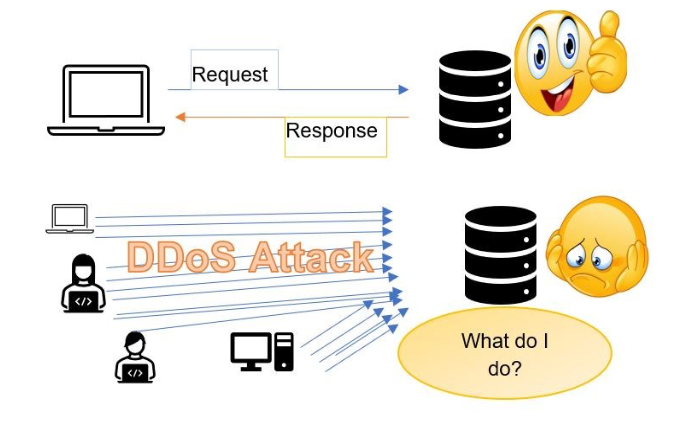DDoS stands for Distributed Denial of Service
Delhi, May 5: How do websites work? They are stored on a server. A server is, as the name suggests, a computer that serves.
When you send a request to the server, it answers that request and does what you want it to do. For instance, if you type google.com, the request to the server is that you want to see the home page of Google. The server then shows you the home page of Google.
What happens if a server is bombarded with thousands of requests per second?
It is not able to answer them and the site(s) cannot be accessed. This is called Distributed Denial of Service (DDoS) attack.
At about 11 am on the 4th of May, about 200 organisations in Belgium faced such an attack. Among the targeted entities was Belnet, a government-funded internet services provider (ISP) in Belgium. Belnet provides internet services to the Belgian government, parliament, educational institutions (schools, colleges, etc.), research centres, etc.
The attack did two things:
A. It made it impossible for people to access the websites.
B. Inside the organisation ,it cut off everyone’s access to the internet, so employees could not use the internet to get any work done.
Belnet got in touch with Belgium’s central authority for cybersecurity, the Center for Cybersecurity Belgium (CCB). The CCB did try to stop the attack, but the attackers kept changing their tactics, making it hard to control them.
The next day, internet services have been restored, but Belnet is being careful. Belnet and CCB are investigating to find out who was behind the attack.


